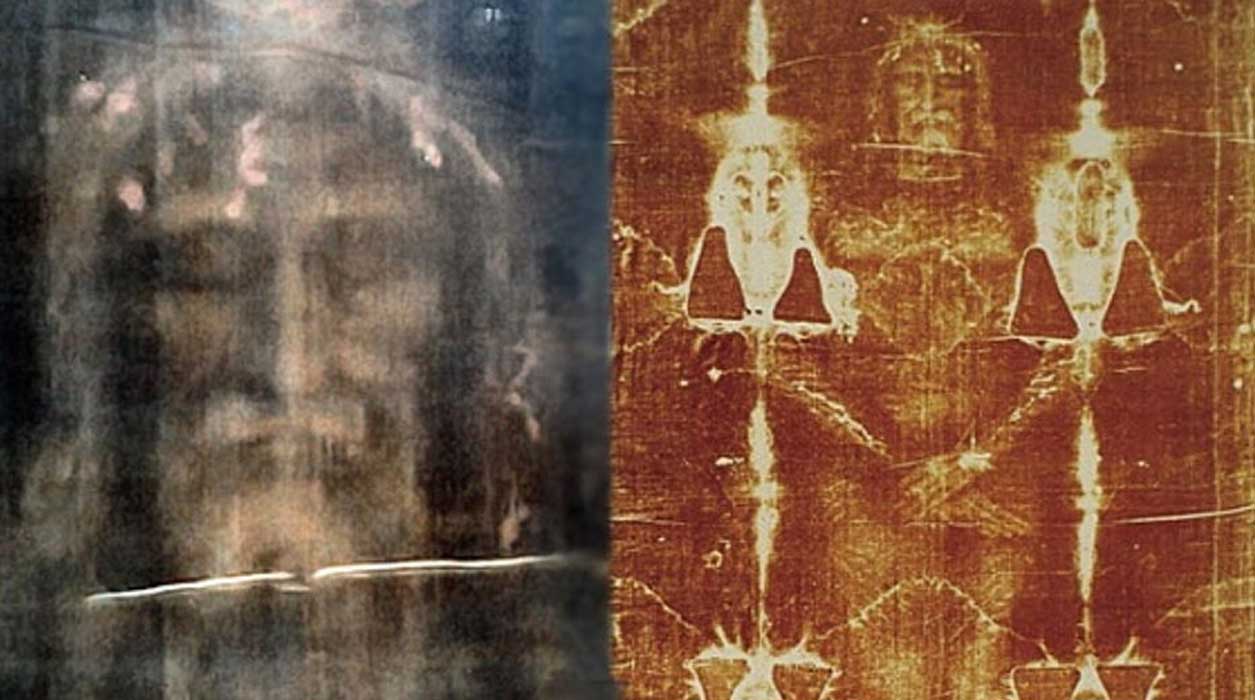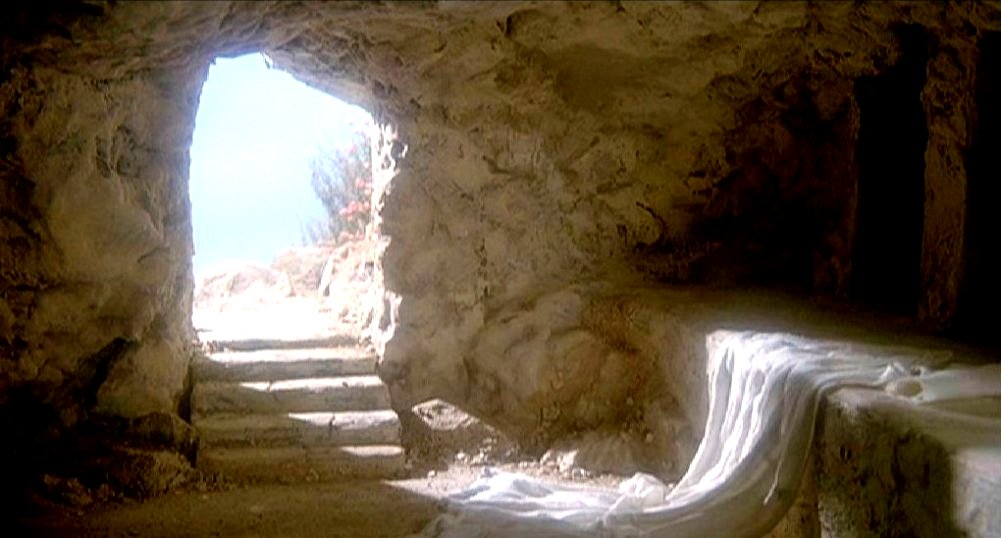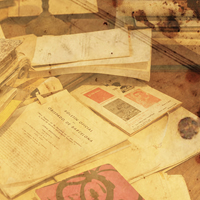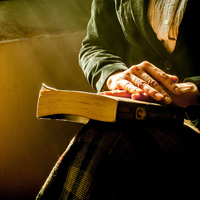
Many claim that the Shroud of Turin is the ultimate proof of Jesus’ resurrection, but the real proof is His empty tomb.
The Shroud of Turin is a linen cloth believed by some to have covered the buried body of Jesus Christ. Accounts of Jesus’ followers wrapping his body with a linen cloth are mentioned in all four gospels (Matthew 27:59, Mark 15:46, Luke 23:53, and John 19:40). The shroud, which has a known history dating back to 1353, is 13 ½ feet long by 4 ¼ feet wide. It is called the Shroud of Turin because it permanently resides in the city of Turin, Italy.
The shroud bears markings that appear to be front and back impressions of a crucified man. Apparently, the cloth was folded over itself, one half above the man, the other half below. Interestingly, the man’s wounds are consistent with the wounds inflicted upon Jesus during the torture he endured leading up to his crucifixion. There appear to be wounds around the hairline, matching the biblical description of the crown of thorns. Several stripe-like wounds extend from the shoulders to the lower legs, matching the biblical description of his torture by flogging. There is also a wound in the area of the chest, which matches the description of the piercing wound inflicted by a Roman spear shortly after Christ’s death on the cross.
What do experts think about the Shroud of Turin? Some experts consider the shroud to be authentic, while others believe that it is a sophisticated hoax. A few scholars claim that it was never intended to be anything more than a work of art. However, the artwork explanation doesn’t seem probable because of the shroud’s unique design and properties, which had never been seen in any work of art prior to the 14th Century. This fact leads most experts to conclude that the shroud is either authentic or purposely designed to look authentic.
The major critique against the shroud’s authenticity is based on carbon dating tests. The tests seem to indicate that the shroud is about 700 years old, which would place its origin during the 14th Century AD—much too late for it to be Christ’s burial cloth. Some scholars suggest that this date is unreliable because the shroud’s fibers are soiled with microscopic bacteria and fungi, which have developed for hundreds of years. Also, the shroud survived at least one major fire, which affects carbon structure. The scholars believe that these factors make the shroud test at least a thousand years younger than it really is. Many simply question the integrity and accuracy of the carbon-14 test itself.
Supporters of the shroud point to evidence, such as pollen residue and plant impressions, in the cloth that could only have come from a certain area of Israel or Jordan during certain periods of time. They also trace the shroud’s incredible history to before the crusades. Most amazing though is the nature of the actual image on the material. The cloth has a double-sided effect from the body wrapping pattern, revealing a reverse photographic image that was somehow fused into the cloth. This image wasn’t the result of dies, paints, or temperas. This seared image is truly phenomenal!
There are literally dozens of arguments for and against the authenticity of the Shroud of Turin.
Even many educated Roman Catholics reject the shroud’s authenticity. The truth is, no one can say with any degree of certainty that the Shroud of Turin is real or an ancient hoax. However, it’s a fascinating artifact that’s worth investigating.
One reminder as you embark on this quest: it matters little whether or not the shroud is the burial cloth of Jesus Christ. Either way, it is simply a cloth made of linen. Unfortunately, many people have been misled into thinking that the shroud is sacred and have thus tied much of their faith to its authenticity. This is an error of judgment. No matter its origin, the shroud deserves neither our worship nor reverence. If authentic, it’s certainly a significant part of Christian history, but nothing more.
If Jesus were here, He would be teaching us, feeding us, and healing us. He wouldn’t be focused on artifacts.
The ancient scriptures challenge us to put our trust in Jesus and his Word, not cloth, wood, stone, or any other relics. The historical Jesus lived a perfect life, died for the sins of humanity, rose from the dead to establish his deity, and ascended into heaven to await his return. You don’t need the Shroud of Turin or any other ancient relic to verify this testimony. It is smarter to base your faith on the truthfulness of the biblical accounts.
You don’t have to wait until experts make a decision about the Shroud of Turin before you make a decision about the claims of Jesus Christ.
Want More?
https://www.dontbeleftbehind.org/
Sources: Randall Niles, www.AllAboutGOD.com, www.GotQuestions.org, and www.AllAboutTheJourney.org.










